The best bird watching around Oz
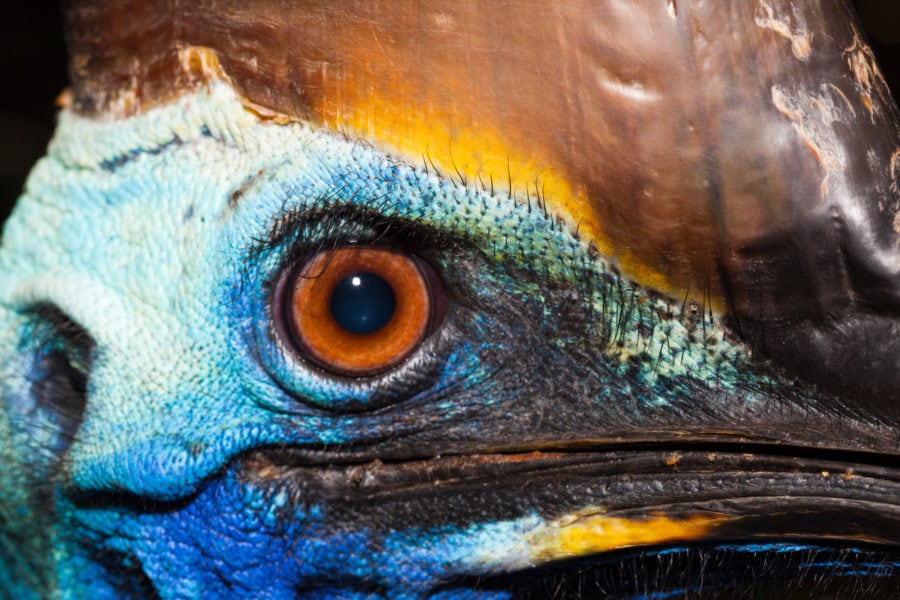
Two tiny eggs, no bigger than chocolate-coated almonds, sit in a scratching of sand on the shore of Lake Wollumboola. “They’re little tern eggs,” says Frances Bray, “and we can’t go too close or the mother might abandon them.” And so we don’t. That outcome would be ruinous for the tiny heartbeats growing ever stronger inside those speckled shells.
Lake Wollumboola, nestled behind the main beach at Culburra in the Shoalhaven, south coast NSW, is an internationally recognised Key Biodiversity Area thanks to its huge populations of black swans and chestnut teal and because of its migratory birds.
“The best time to observe the lake’s diverse bird life is between October-March and when lake levels are low,” says Frances, who’s the president of the Lake Wollumboola Protection Association and has been advocating for its protection and the conservation of its birdlife for more than 25 years.
“Threatened species here include nesting little terns and pied oystercatchers, as well as migratory curlew sandpipers and bar-tailed godwits. Other migratory species include red knots, sharp-tailed sandpipers and red-necked stints and there have been rare sightings of a white-rumped sandpiper, Hudsonian godwit and paradise shelduck.”
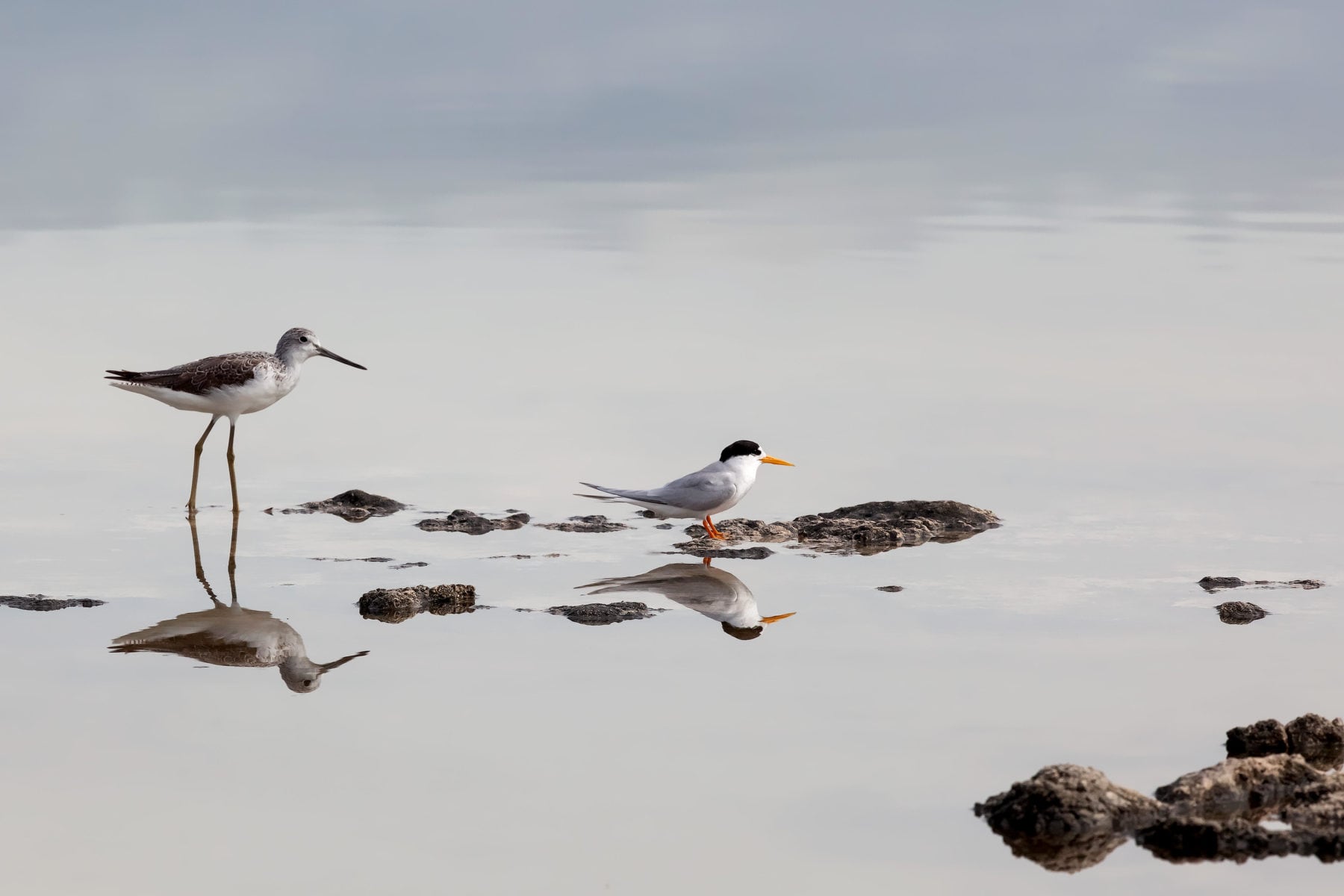
Photo credit: Michal Sikorski / Alamy Stock Photo
Australia is ripe with incredible bird-watching opportunities such as this, although sometimes it’s hard to know where to turn your attention to.
Here’s a round-up of some of the best twitcher spots around the country.
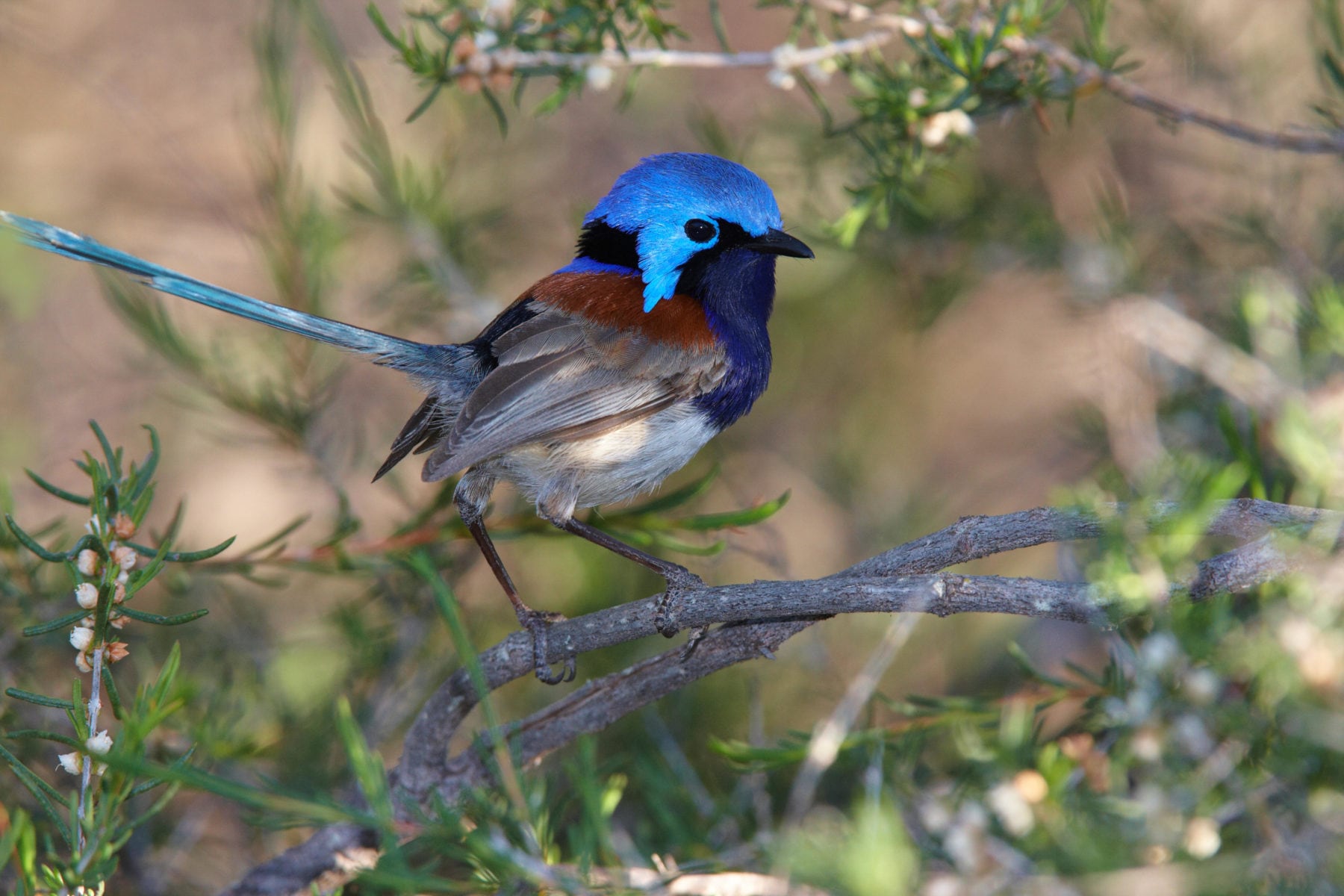
Photo credit: Minden Pictures / Alamy Stock Photo
Eyre Peninsula
Birds of note: western whipbird, blue-breasted fairywren, southern emu-wren, western yellow robins and migrant visitors
The Eyre Peninsula offers a spectacular blend of terrestrial and marine wildlife-spotting opportunities, with a variety of habitats including coastal dune shrublands, mallee woodlands and saltmarshes, all resplendent with birds. The Port Lincoln and Coffin Bay region in particular showcases 270 bird species, and around 1900 native plant species. Then there’s the iconic Australian sea-lions, western grey kangaroos, emus, koalas, southern hairy-nosed wombats, goannas and dolphins.
If you are wanting to explore the region’s remote locations, join award-winning Eyre Peninsula photographer Fran Solly on a birding tour through dramatic coastal and outback backdrops! You’ll have her undivided attention and benefit from her vast knowledge of the region, because groups are limited to just six guests per tour.
“The landscapes include the amazing patterns and textures of the areas pristine sand dunes and salt lakes as well as unique granite outcrops and our seascapes range from rugged surf beaches fringed with towering limestone cliffs to gentle deserted shores,” Fran says.
For more information visit Australian Coastal Safaris.
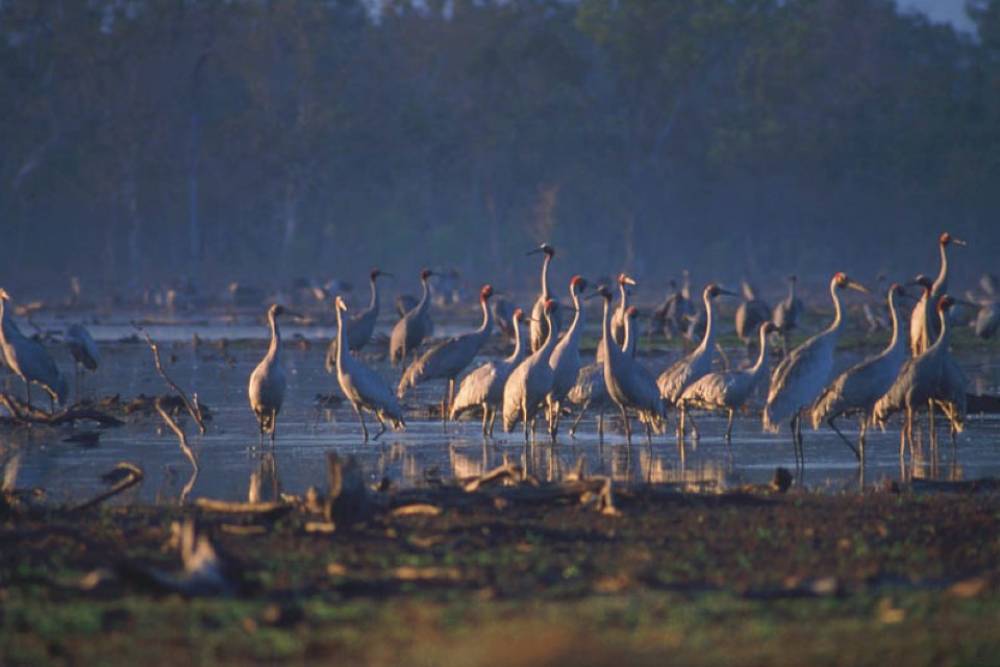
Photo credit: Courtesy FNQ Nature Tours
Far North Queensland
Birds of note: southern cassowary, Victoria’s riflebird, buff-breasted kingfisher, palm cockatoo, rufous-crowned emu-wren
The Wet Tropics stretch from Townsville to Cooktown, encompassing approximately 9000sq.km of rainforest interspersed with farmland, rivers and tropical savannah, not to mention coastline and coral cays.
According to Far North Queensland (FNQ) Nature Tours Managing Director James Boettcher, such an array of habitats explains the region’s high diversity of birds.
“With more than 450 bird species recorded here, including 13 endemic species, it’s no wonder it’s Australia’s twitching mecca,” James says. “And you don’t have to venture far from Cairns to enjoy a rich bird-watching experience in a variety of environments.”
Further to this, FNQ Nature Tours has been granted exclusive access to a 5000-acre nature reserve, The Shared Earth Reserve. Now owned by conservation organisation Forever Wild, which work to protect Earth’s last great wildernesses for societal wellbeing, biological diversity and its evolutionary potential and for our cultural record and economic values, this expansive nature reserve is home to over 220 recorded bird species.
This news is particularly exciting for visiting birdwatchers, with the highest bird count in a single day reaching an impressive 98 species.
James says the reserve is “critical habitat for buff-breasted button quail, one of the world rarest birds.” James also noted that “there is a healthy population of the endangered northern quoll”, a species that has significantly declined in population in recent years.
“The reserve has incredible habitat diversity, with permanent lakes, swamps, billabongs and creeks, including an incredible mosaic of old-growth savannah woodland.
“The region is famous for being home to bowerbirds, kingfishers, riflebirds, fruit doves, parrots, cockatoos and the endangered southern cassowary.”
For more information visit FNQ Nature Tours.
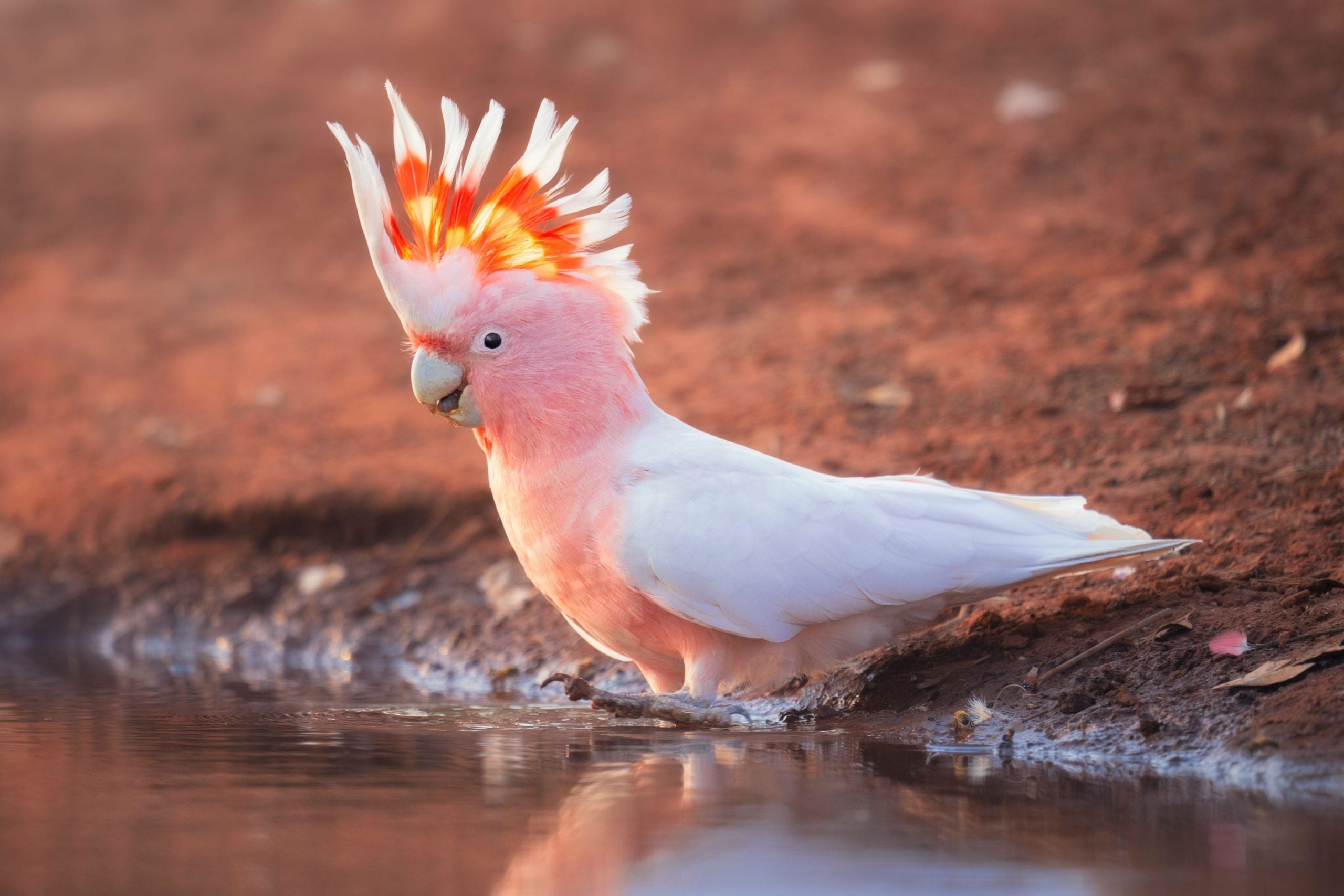
Photo credit: RooM the Agency / Alamy Stock Photo
Mungo National Park, NSW
Birds of note: pink (Major Mitchell’s) cockatoo, mulga parrots, blue-bonnets, chestnut-crowned babblers, splendid and white-winged fairy-wrens, red-backed kingfishers
Many native Australian birds and animals inhabit the beautiful dunes and saltbush plains of Mungo NP. At dawn and dusk red and western grey kangaroos graze together in the low vegetation – heads raising and lowering silently in the solitude of the vast, dry lake bed. This is one of the best places to see wildlife in Australia.
Bird life at Mungo is both rich and rare – resident wedge-tailed eagles soar overhead and nest in the few desert trees, giant flightless emus swagger about the plains in small bands. Brown falcons and nankeen kestrels hunt low-flying birds and insects.
Most beautiful of all is the pink (Major Mitchell’s) cockatoo with its fabulous multicoloured crest. Galahs and little corellas are a common sight. Some of Australia’s most vividly colourful parrots are seen at Mungo, including mulga parrots, mallee ringnecks, blue-bonnets and red-rumped parrots, often in the desert pines where noisy chestnut-crowned babblers also live and make their large communal nests.
Splendid and white-winged fairy-wrens regularly pop up on top of saltbushes, a sudden, brilliant flash of blue, and red-backed kingfishers dart past.
Echidna Walkabout’s wildlife guide will place you in locations at the right time to see many of these incredible birds, and will also reveal Mungo’s arid land, wildlife and ancient Aboriginal heritage.
For more information visit Echidna Walkabout.
Travel with Australian Geographic in 2021 for unique, off-the-beaten-track experiences with expert guides. Discover more here.

